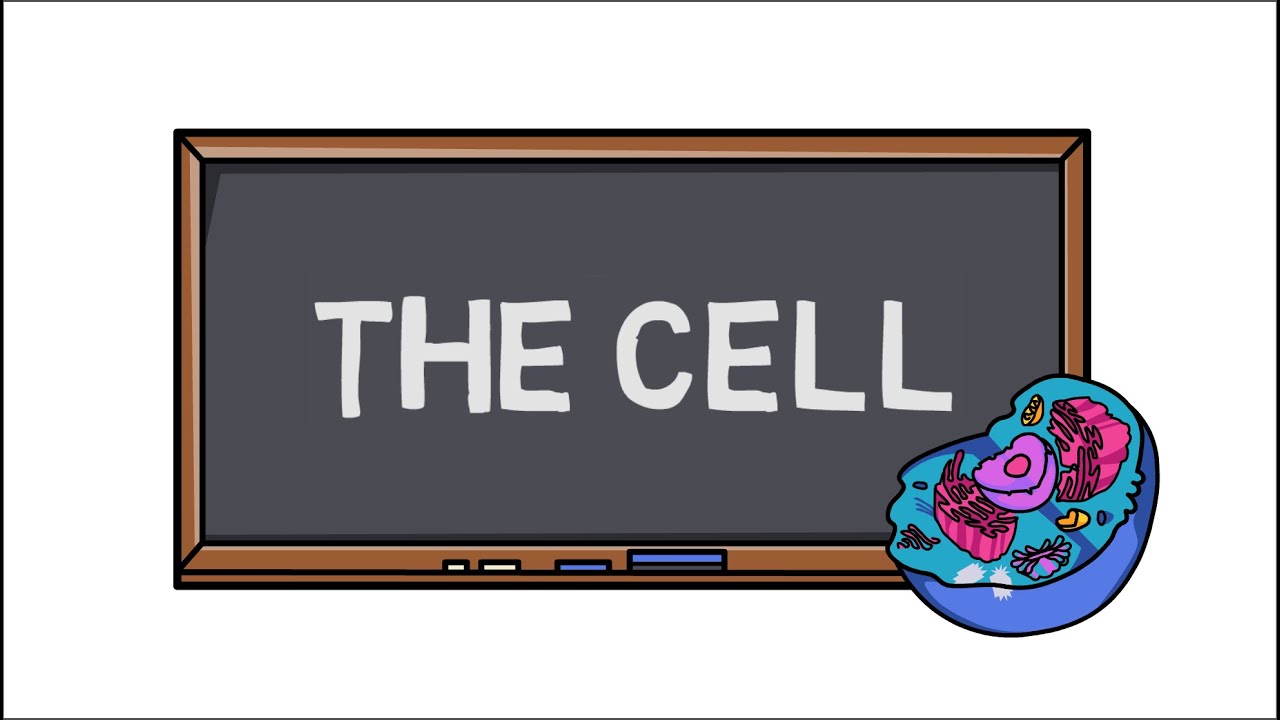Cell Theory | Cell Biology
Summary
TLDRThis video delves into cell theory, asserting that all living organisms are cellular. It outlines three core principles: cells as the smallest life units, the universal cellular composition of life, and the origin of cells from pre-existing ones. Evidence supporting this theory includes the consistent observation of cellular structures and processes across various organisms and the absence of spontaneous generation. The script also acknowledges exceptions like striated muscle fibers, aseptate fungal hyphae, and unicellular giant algae, which challenge traditional cellular definitions. The historical development of cell theory is traced from the invention of the microscope to the contributions of scientists like Hooke, Leeuwenhoek, Schleiden, Schwann, and Virchow.
Takeaways
- 🌐 Cell theory posits that all living organisms are composed of cells, which are the smallest units of life capable of performing life processes.
- 🔬 The first principle of cell theory states that cells are the basic units of life, with organelles unable to sustain life independently.
- 🌿 The second principle asserts that all living things are cellular, including bacteria, plants, and animals, but not viruses, which are not considered alive.
- 📚 The third principle of cell theory is that new cells arise from pre-existing cells through cell division processes like binary fission, mitosis, or meiosis.
- 🔍 Evidence supporting cell theory includes the consistent observation that subcellular components cannot perform life functions on their own, and tissues from various organisms always contain cells.
- 🧬 Historical evidence for cell theory began with the invention of the compound microscope and early observations by Robert Hooke and Anton van Leeuwenhoek.
- 👨🔬 Matthias Schleiden and Theodor Schwann are credited with establishing the first two principles of cell theory, recognizing the cellular structure of plants and animals, respectively.
- 👩🔬 Rudolf Virchow is known for formulating the third principle of cell theory, stating 'omnis cellula e cellula', meaning all cells come from cells.
- 🚫 Some exceptions to cell theory include atypical cells like striated muscle fibers, aseptate fungal hyphae, and unicellular giant algae, which challenge traditional cellular definitions.
- 🦠 Striated muscle fibers are an example of cells formed by the fusion of multiple cells, having a single plasma membrane but multiple nuclei.
- 🍄 Aseptate fungal hyphae are large, filamentous structures that challenge the discrete nature of cells, as they have a continuous cytoplasm with multiple nuclei.
- 🌳 Unicellular giant algae, such as Acetabularia, are large single-celled organisms that defy the idea that larger organisms are composed of many smaller cells.
Q & A
What is the fundamental concept of cell theory?
-The fundamental concept of cell theory is that all living organisms are composed of cells, which are the smallest units of life capable of performing life processes.
What are the three principles of cell theory?
-The three principles of cell theory are: 1) Cells are the smallest units of life. 2) All living things are composed of cells. 3) Cells come from pre-existing cells through cell division.
Why are organelles within a cell not considered the smallest units of life?
-Organelles within a cell, such as the nucleus or mitochondria, are not capable of the processes required for life on their own. They must work together within the cell to perform life functions, thus the cell is considered the smallest unit of life.
How does the cell theory differentiate between living and non-living entities?
-According to cell theory, all living entities are composed of cells, whereas non-living entities, like viruses, are not made up of cells and do not exhibit the characteristics of life.
What is the significance of cell division in cell theory?
-Cell division is significant in cell theory as it explains how new cells are formed from pre-existing cells, supporting the third principle that cells come from cells.
What evidence supports the first principle of cell theory?
-The first principle is supported by the observation that subcellular components or organelles cannot perform life functions on their own, unlike the cell as a whole.
How did the invention of the compound microscope contribute to the development of cell theory?
-The invention of the compound microscope by Zacharias Janssen in 1590 allowed for the observation of cells and microscopic organisms, which was crucial for the development of cell theory.
Who are the key figures credited with the development of cell theory?
-Matthias Schleiden and Theodor Schwann are co-credited with developing the first two principles of cell theory, while Rudolf Virchow is credited for the third principle.
What are some exceptions to the cell theory?
-Some exceptions to cell theory include atypical cells like striated muscle fibers, aseptate fungal hyphae, and unicellular giant algae such as Acetabularia, which do not fit the typical definition of a cell.
How do aseptate fungal hyphae challenge the cell theory concept of discrete cells?
-Aseptate fungal hyphae challenge the concept of discrete cells because they are long filamentous structures with incomplete separation, creating a continuous cytoplasm with multiple nuclei.
What is the historical significance of Robert Hooke's discovery of 'cells'?
-In 1665, Robert Hooke's discovery of 'cells' in cork tissue marked a significant milestone in the history of cell theory, as it was the first time that cellular structures were observed and named.
Outlines

This section is available to paid users only. Please upgrade to access this part.
Upgrade NowMindmap

This section is available to paid users only. Please upgrade to access this part.
Upgrade NowKeywords

This section is available to paid users only. Please upgrade to access this part.
Upgrade NowHighlights

This section is available to paid users only. Please upgrade to access this part.
Upgrade NowTranscripts

This section is available to paid users only. Please upgrade to access this part.
Upgrade NowBrowse More Related Video
5.0 / 5 (0 votes)





